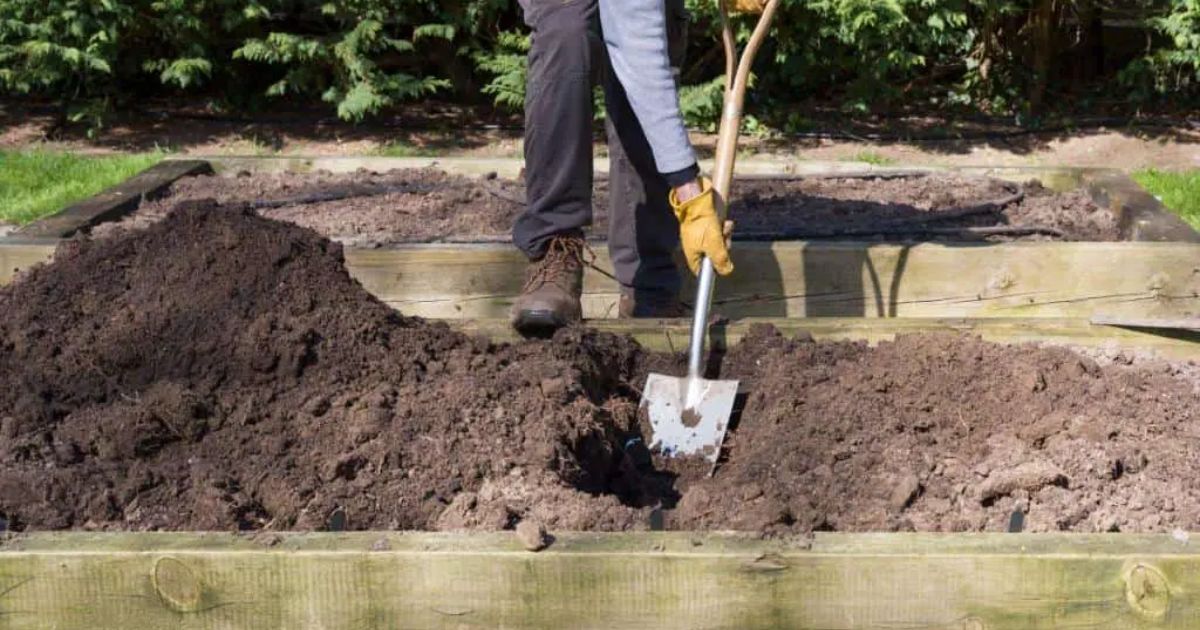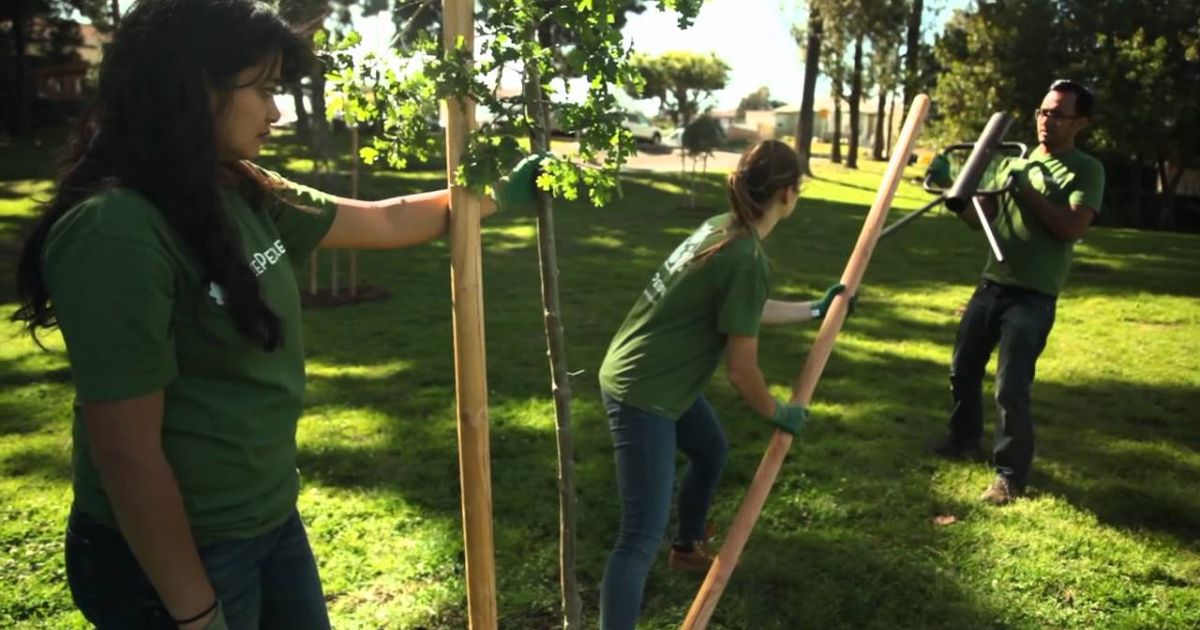A beautiful, lush green lawn can completely transform the look of your garden or outdoor space. While growing grass from seed is an option, laying Turf is the fastest way to achieve an instant, healthy lawn. However, simply rolling out Turf isn’t enough; proper preparation, installation, and aftercare are essential to ensure your lawn thrives and stays green for years to come.
In this guide, we’ll walk you through everything you need to know about laying Turf, from choosing the right type of grass to preparing your soil, laying the rolls correctly, and maintaining your new lawn. Whether you’re a beginner or an experienced gardener, following these steps will help you create a smooth, vibrant, and durable lawn that you can enjoy right away.
Choosing the Right Turf
Selecting the right turf type is crucial for creating a healthy, long-lasting lawn. Not all grasses thrive in the same conditions, so understanding your garden’s climate, soil, and sunlight exposure is the first step. Popular turf types include ryegrass, fescue, and Bermuda grass, each with its own benefits. Ryegrass grows quickly and is ideal for cooler climates, laying turf step by step fescue is hardy and drought-tolerant, while Bermuda grass thrives in warm, sunny areas and recovers well from heavy foot traffic.
When choosing Turf, consider the purpose of your lawn. Is it purely decorative, or will it be used for children and pets? High-traffic areas require tougher, more resilient grass varieties. Additionally, Can You Really Install Turf Yourself check the Turf’s quality before buying healthy rolls; it should be deep green, moist, and free of weeds or pests.Finally, measure your lawn area to determine how many turf rolls you’ll need, and plan your layout to minimize waste. best way to lay new turf Taking the time to choose the right Turf sets the foundation for a vibrant, durable lawn that will look beautiful year-round.
Preparing the Soil
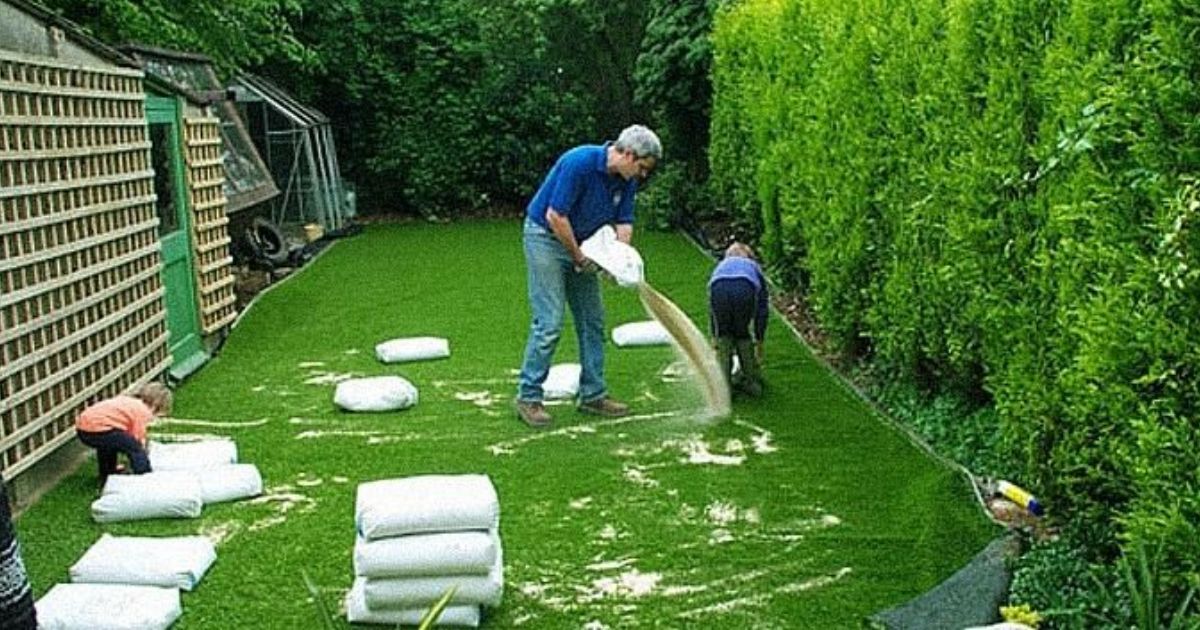
It’s essential to adequately prepare the soil so that your Turf establishes strong roots and grows into a healthy lawn. To begin, remove any existing grass, weeds, pebbles, and rubbish from the area. This creates a clean slate for your new Turf and prevents nutrient competition.Next, use a garden fork or other tool to loosen the dirt. Rototiller to a depth of about 10–15 cm (4–6 inches). Loosening the soil improves drainage and allows roots to penetrate more easily. Consider adding topsoil if your soil is poor or compacted. Or organic compost to enrich it with nutrients. This will help the Turf establish quickly and reduce the risk of patchy growth.
After improving the soil, level, and grade of the area, ensure the surface is smooth and slightly sloped away from buildings to allow proper water drainage. Use a rake to remove bumps and fill in low spots. For larger areas, a roller can be used to create an even surface, but avoid over-compacting the soil, as this can hinder root growth.By taking the time to prepare your soil correctly, you give your Turf the best possible start, setting the foundation for a strong, green, and long-lasting lawn.
Measuring and Planning Your Lawn
Before lawn turf installation, careful measurement and planning are essential to ensure a neat, efficient installation and to minimize waste. Start by measuring the area of your lawn using a tape measure or measuring wheel. To find the location of the entire square, multiply the length by the width. Meters (or feet) of Turf you’ll need. It’s a good idea to purchase a little extra, about 5–10% more than your calculation, to account for cutting around edges, curves, and obstacles.Once you know the total area, plan your turf layout. Start at a straight edge, such as a patio or driveway, or fence, and work outward. This ensures the Turf is laid evenly and creates clean, professional-looking lines. How to Cut Very Tall Grass When placing the rolls, stagger the seams like bricks rather than lining them up, which helps prevent gaps and allows the Turf to knit together more naturally.
If your lawn has curves, corners, or flower beds, mark them in advance using string, garden hoses, or stakes. This will make cutting and fitting the Turf much easier, reducing unnecessary trimming and ensuring a smooth, uniform finish. Proper measurement and planning save time, minimize turf wastage, and create the foundation for a flawless lawn.
Laying the Turf
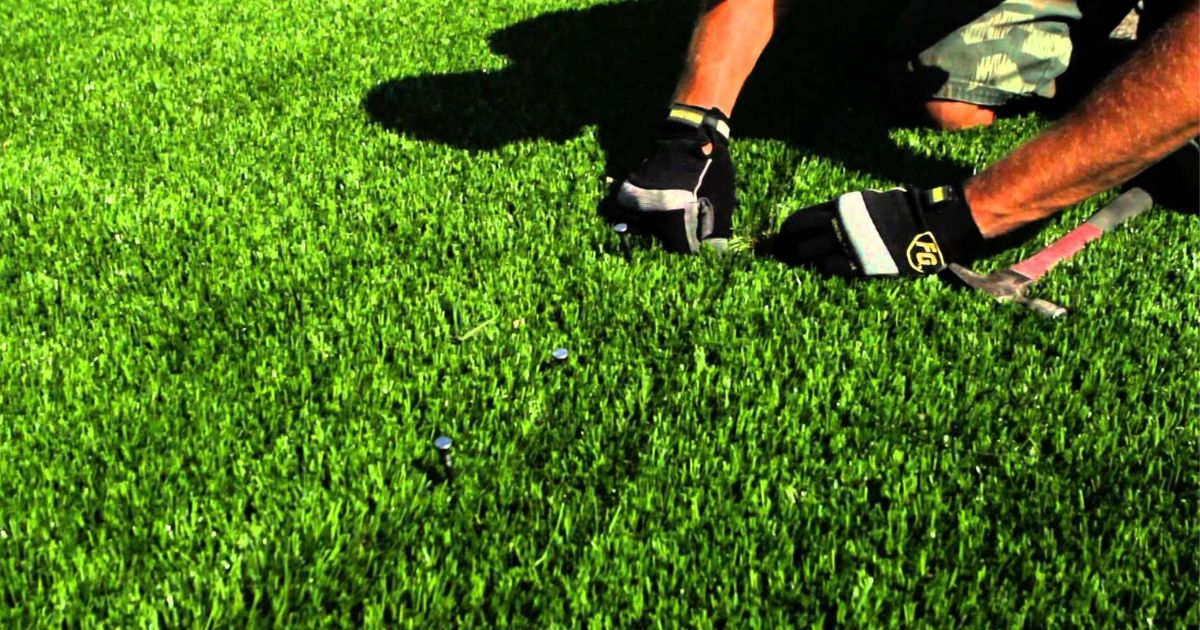
Now that your soil is prepared and your lawn is measured, it’s time to lay the Turf. Start along a straight edge, such as a pathway or fence, to create a clean starting point. Unroll the Turf carefully, ensuring each piece is tight against the next without overlapping or leaving gaps. Avoid stretching the Turf, as this can damage the roots.For a natural, stable finish, stagger the joints like bricks rather than lining them up directly. This prevents weak seams and helps the Turf knit together as it establishes. When you reach edges, corners, How to Stake a Tree That Is Leaning: Step by Step Guide or curves, use a sharp knife or turf cutter to trim the pieces to fit neatly.
Once all the Turf is in place, press it firmly onto the soil. You can use a lawn roller or walk over the Turf carefully to ensure good contact with the soil beneath. This step is crucial for root establishment and stops air pockets from forming, which can lead to uneven growth. Finally, give your newly laid Turf a generous watering, ensuring the water penetrates the soil. This helps the roots settle and encourages rapid growth. By following these steps, you’ll create a seamless, lush lawn that will thrive for years.
Watering and Aftercare
Proper watering and aftercare are essential to help your newly laid Turf establish strong roots and stay healthy. Immediately after laying the Turf, water it thoroughly so that the soil beneath is moist to a depth of at least 10–15 cm (4–6 inches). This promotes the roots’ downward growth and anchors the Turf firmly.During the first two weeks, water the lawn daily or every other day, depending on the weather, keeping the Turf consistently moist but not waterlogged. Once the Turf starts to establish, usually after 2–3 weeks, turf installation guide you can gradually reduce watering frequency while increasing the amount per session to encourage deep root growth.
When mowing, turf aftercare tips wait until the grass reaches about 5–7 cm (2–3 inches) in height before the first cut. Make sure your mower blades are sharp, and only trim about. To prevent overstressing the new lawn, remove one-third Why Scarifying Your Lawn Can Fix Grass Problems Fast of the grass height at a time.Fertilizing can also help your Turf thrive. Use a slow-release lawn fertilizer about 3–4 weeks after laying the Turf to provide essential nutrients. Regular maintenance, including mowing, watering, and feeding, will ensure your lawn remains lush, green, and healthy year-round.
Troubleshooting Common Issues
Even with careful preparation and installation, new Turf can sometimes face challenges. Understanding common problems and how to address them will help you keep your lawn green and healthy.
Yellowing or Drying Turf
Yellow or dry patches often indicate insufficient watering or poor soil contact. Ensure the Turf is watered deeply and consistently, especially during the first few weeks. Check for gaps between the Turf and soil, and gently press the Turf down if needed.
Gaps Between Rolls or Uneven Surface
If seams are visible or the lawn feels uneven, it may be due to improper laying or settling. Fill minor gaps with loose soil and lightly roll the area. Over time, turf edges will naturally knit together.
Weeds in New Turf
Weeds can compete with Turf for nutrients and water. watering new turf Remove them by hand or with a suitable post-establishment herbicide recommended for new lawns. Avoid aggressive chemical treatments immediately after laying Turf, as this can stress the young grass.
Heavy Foot Traffic Damage
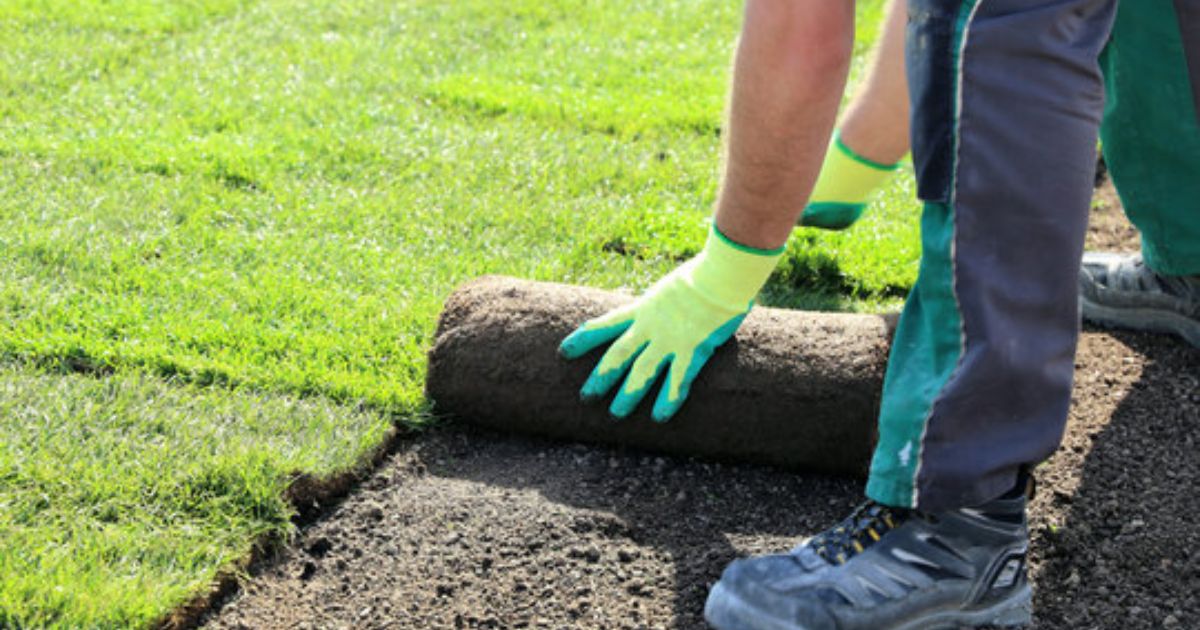
New Turf is delicate and can be damaged by frequent walking. How to Fix Your Grass Limit foot traffic for at least 2–3 weeks, or until roots have firmly established.
Early detection and resolution of these problems can guarantee your lawn grows strong and stays vibrant, giving you a beautiful, lush outdoor space.
Conclusion
Laying Turf is a rewarding way to create an instant, lush green lawn, preparing soil for turf but success depends on proper preparation, careful installation, and consistent aftercare. From choosing the correct type of grass and preparing the soil to measuring, laying, watering, and maintaining your lawn, each step plays a vital role in ensuring a healthy, vibrant Lawn.
You can create a lovely, level, and durable lawn that enhances your garden’s appearance and provides a cozy outdoor area for your family and pets by following the instructions in this article. With a bit of patience, attention, and regular maintenance, your new Turf will flourish, giving you a green, inviting lawn all year round.
FAQ
Can Turf be laid in winter?
Yes, Turf can be laid in winter in mild climates, but it may establish more slowly due to lower temperatures. Avoid laying Turf on frozen or waterlogged soil.
How long before I can walk on my new lawn?
Limit foot traffic for the first 2–3 weeks to allow the roots to establish firmly. After this period, light use is usually acceptable.
How do I fix gaps between turf rolls?
Small gaps can be filled with loose soil or topsoil. Over time, the turf edges will naturally knit together as the grass grows.
How often should I water new Turf?
Water immediately after laying, then keep the soil consistently moist for the first 2–3 weeks, gradually reducing frequency as roots establish. Frequent shallow watering is inferior to deep irrigation.
How can I prevent weeds in new Turf?
Remove weeds by hand during establishment, or use a mild post-establishment herbicide recommended for new lawns. Avoid aggressive chemicals right after laying Turf.


